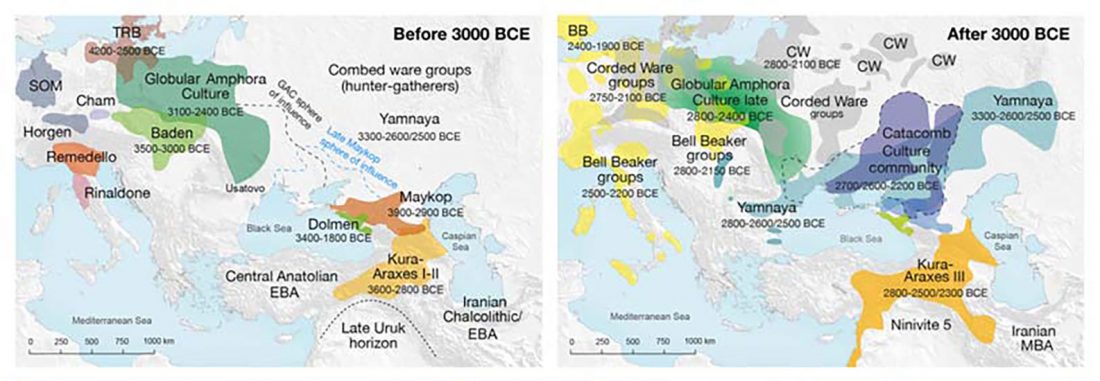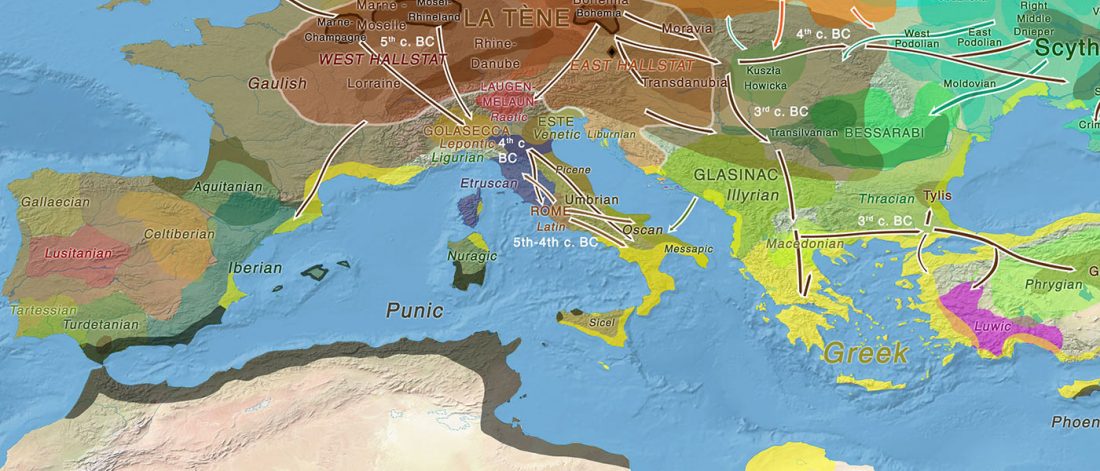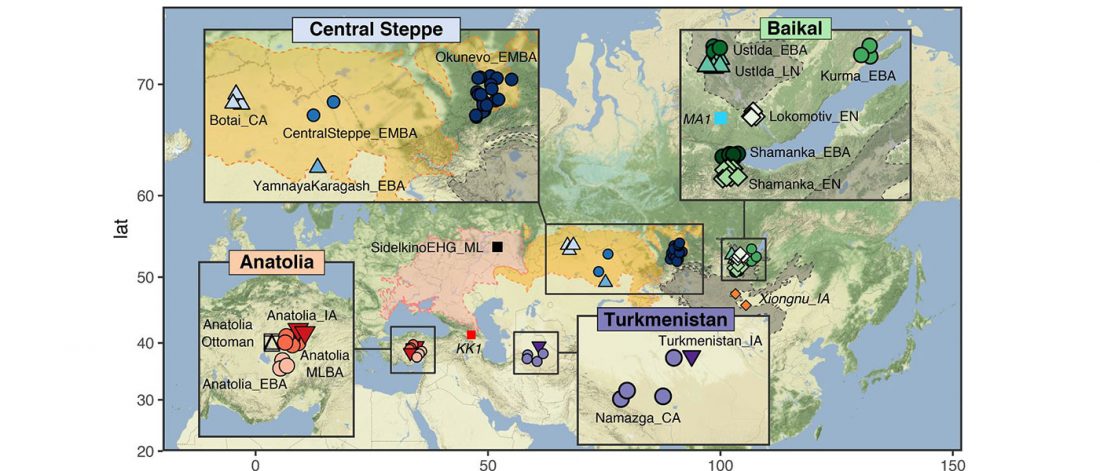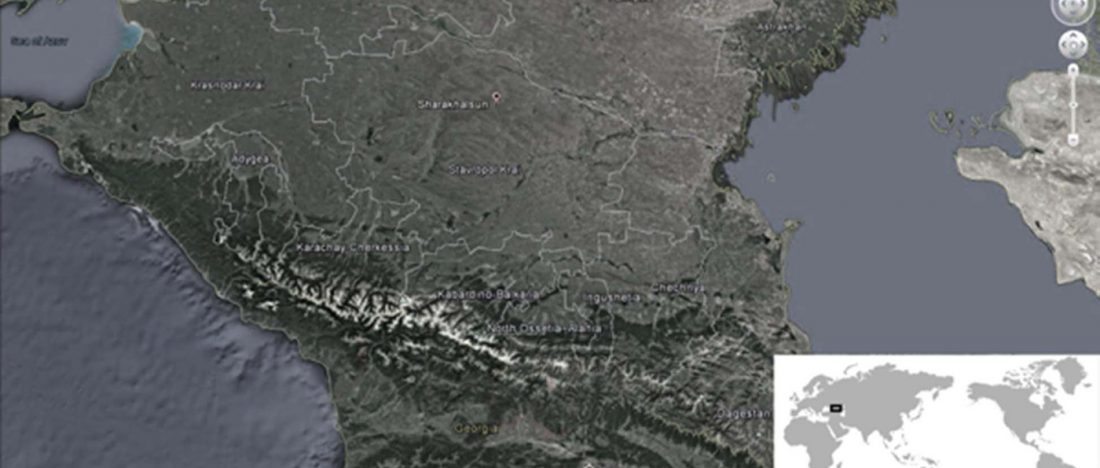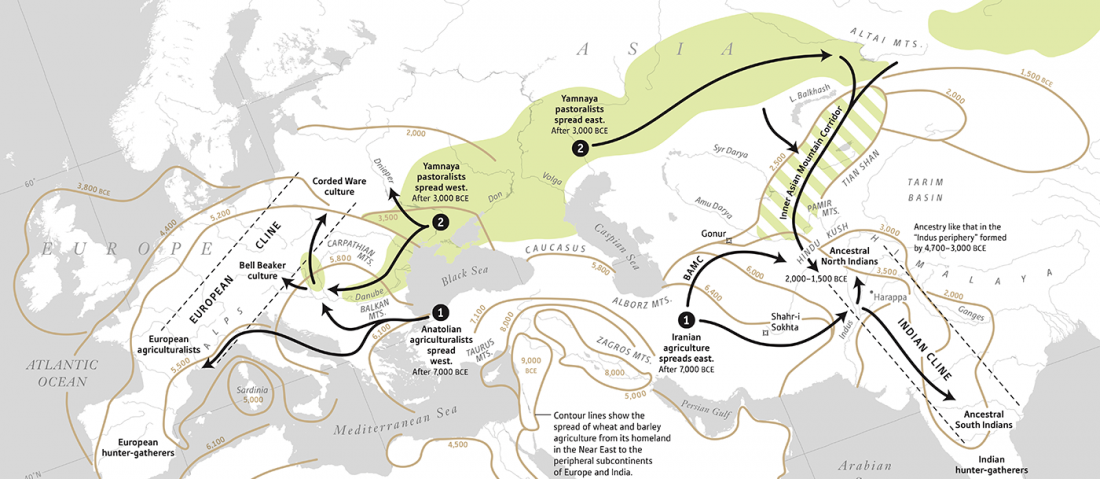I wanted to repeat what I said last week in two different posts (see on the new Caucasus and Yamna Hungary samples, and on local groups in contact with Yamna settlers).
We already knew that expanding East Bell Beakers had received influence from a population similar to the available Globular Amphorae culture samples.
- Without Yamna settlers, but with Yamna Ukraine and East Bell Beaker samples, including an admixed Yamna Bulgaria sample (from Olalde & Mathieson 2017, and then with their Nature 2018 papers), the most likely interpretation was that Yamna settlers had received GAC ancestry probably during


